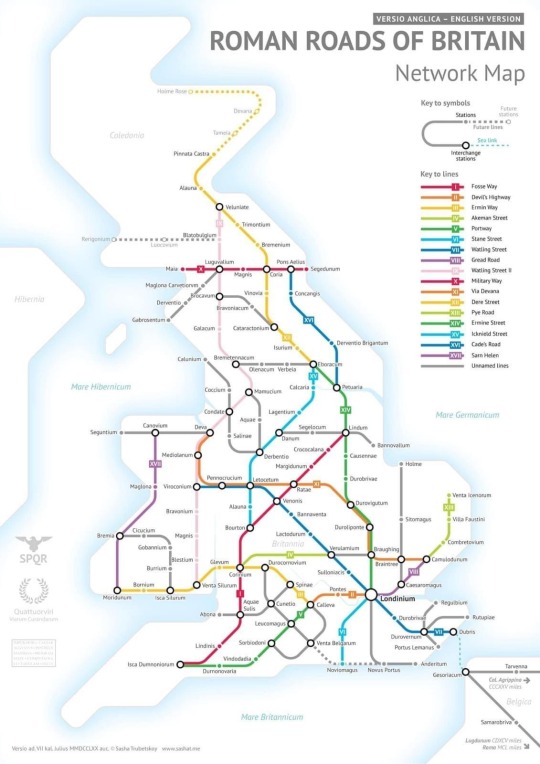#Atlas Obscura
Photo

absolutely iconic
(”the ‘perpetual broths’ that simmer for decades”, atlas obscura)
32K notes
·
View notes
Text
Earlier this week I reported on the very depressing for-profit fic pirating happening in certain corners of fandom—but (somewhat coincidentally, timing-wise) I also had the joy of reporting this story on fanbinding, and the work of the @renegadeguild! Featuring the words (and fanbinds) of the brilliant @celestial-sphere-press, @butterfingersbookbinding, and @fanboundbooks (who also talked about Renegade on the most recent Fansplaining episode).
Renegade's binders are strong proponents of the non-monetized gift economy—they truly embody the spirit of fanfiction, in my opinion, both in the communal way they share their work with fic writers and each other, and in the DIY way they approach making books:
There’s a strong parallel between the amateur, instinctive nature of fanfiction and the act of fanbinding. While plenty of fic is penned by formally trained writers, much of it is not. Tiffo, who binds as Fanboundbooks, likens the reverse-engineering involved in teaching oneself both activities. As writers, people try to figure out why stories work. Fanbinders collectively share the process of learning to turn that work into a physical object—tactile, clean, often beautiful. Fic is largely unencumbered by the forms and structures of traditional publishing, and fanbinders approach their work with the same spirit. “People will often say, ‘How do I do this?’ or ‘What’s the rule for this?’” Tiffo says. “The answer that we always try to throw in Renegade is, ‘This is what other people have done, but know that there is no rule to your book—you can make whatever you want.’”
It's a shame seeing people conflate the bad actors of the pirating situation—many of whom don't appear to be in fandom and seem motivated by pure profit—with the work of fanbinders at large, and seeing people scared to try out fanbinding because of the recent news. Not-for-profit fanbinding is just as legal as writing fanfiction, and I don't speak for all fic writers, but if someone ever bound one of my fics, I'd be so touched I would almost definitely weep. 😭
#fanbinding#fanfiction#renegade bindery#fanbound books#celestial sphere press#butterfingers binding#gift economy#fannish crafts#atlas obscura#my writing
1K notes
·
View notes
Text

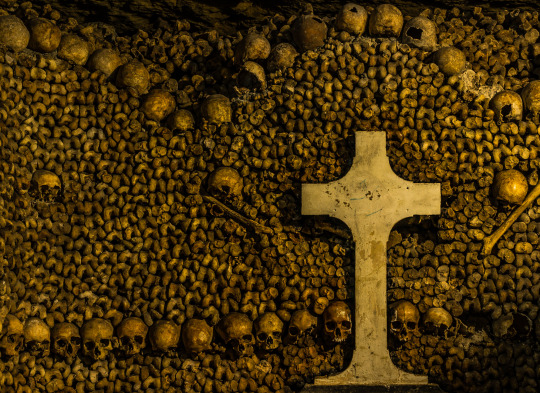

"The City of Light has a City of Darkness underground"
atlas obscura
256 notes
·
View notes
Text


Absolute love visiting Borth beach as the tide goes out and the remains of a 5000 year old forest appear from the waves.
At low tide you can see the remains of hundreds and hundreds of trees dating back to around 2000BCE. It is so amazing to see the remains of these gnarly stumps no longer supporting leaves, but instead seaweed.
#alexmurison#wales#beach#coast#atlas obscura#explore more#hiking#wilderness#walking#explore#wanderlust#wander#adventure#walk#lensblr#original photographers#photographers on tumblr#imiging#original photography on tumblr#original photography#nature
155 notes
·
View notes
Text
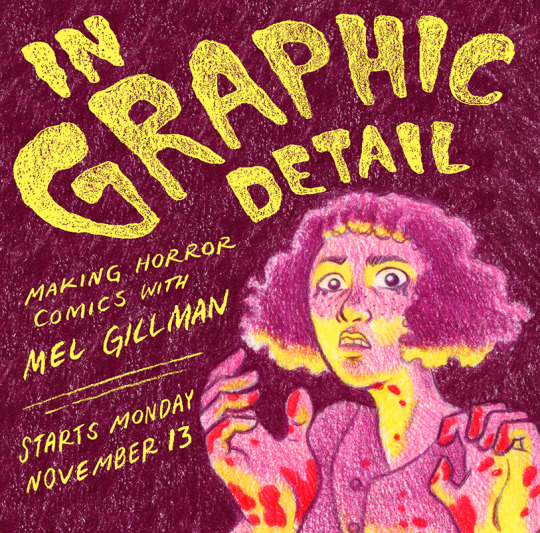
Calling all ghoulfriends: I'm going to be teaching another online horror comics workshop next month with Atlas Obscura! 4 sessions, every Monday night at 7:30pm ET, starting November 13. Come learn how to give your readers a bad time with me!
https://www.atlasobscura.com/experiences/horror-comics-course
271 notes
·
View notes
Text

"Sarah Hannah Jones was buried there after she died on September 5, 1909. There, behind St. Peter’s Church, among the markers on the grassy hill that slopes down into one of the main cargo routes to Ireland, a Celtic cross designates her gravesite. It features the curious inscription 'POET PHILOSOPHER & FAILURE.'
There is little explanation to be found about the cryptic words. The church was consecrated in 967, and the oldest parts of the physical building date back to the 8th century. Sarah’s husband, James, remarried another woman named Sarah. She died in 1929, and a year after James followed. All three are buried in the spot, their stones stacked under Sarah Hannah’s cross. James’ inscription is strange but a little less mysterious: 'ALAS POOR YORICK.'"
- via Atlas Obscura
#atlas obscura#dark academi#poet#philosopher#failure#literature#english literature#romanticism#history#poetry#writing#dark aesthetic#dark academia#goth#cemetery#graves#funeral#graveyard#tombstones#funny#morbid
36 notes
·
View notes
Text
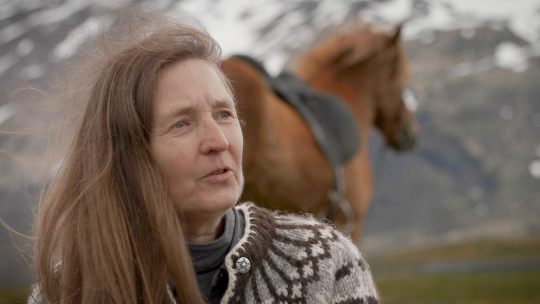
Viking historian Nancy Marie Brown’s new book, The Real Valkyrie: The Hidden History of Viking Warrior Women, explores what life might have been like for the warrior woman of Bj 581. Using more evidence from the recent tests conducted on the remains, Brown traces her journey from Norway to the British Isles to Kiev then, finally, to Birka. Brown imagines the unnamed warrior meeting other prominent Viking women, such as Gunnhild, Mother of Kings, or Queen Olga, ruler of the Rus Vikings in Kiev. She also explores the Viking sagas and contemporary sources with a new lens.
Atlas Obscura spoke with Brown about her new book, valkyries, and the assumptions that underlie the history we think we know.
How did you initially get interested in Vikings—and female Vikings in particular?
When I went to college, I actually wanted to study fantasy writing and, you know, learn to write like Tolkien. I learned very quickly that that was not appropriate for an English major in the 1970s, so I decided to study what Tolkien studied, and he was a professor at Oxford University, teaching Old English and Old Norse. So I started reading all of the Icelandic sagas that I could find in translation. And when I ran out of the English versions, I learned Old Norse so that I could read the rest of them.
One of the things I liked about [the sagas] the most was that they had really interesting women characters. There’s a queen in Norway who appears in about 11 sagas, Queen Gunnhild, Mother of Kings. She led armies. She devised war strategy. And then I was looking at the valkyries and the shieldmaids and thinking, you know, these are really interesting people that have always been considered to be mythological.
So when I learned in 2017 that one of the most famous Viking warrior burials turned out to be the burial of a woman, that just absolutely dazzled my imagination.
Is this the first confirmed grave of a female warrior that we have?
This is the one that has the best proof. There are one or two others that have since been DNA tested and proven to be female. But in each of these cases, it’s hard to say if the person in the grave, whether male or female, actually was a warrior, or if the object that we are interpreting as a weapon was used for hunting or for some other purpose.
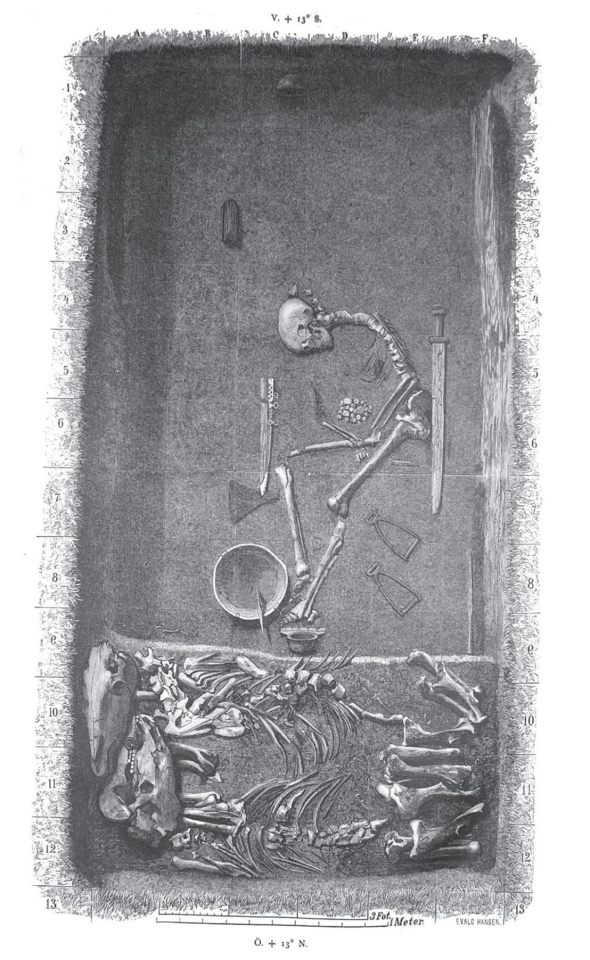
What do we know about the life of the Viking warrior woman in Bj 581?
In 2017, by testing her bones and her teeth, [scholars] could say she was between 30 and 40 years old when she died. They could also tell that she ate well all of her life. So she came from a rich family or maybe even a royal one. She was also quite tall, about 5’7”. By the minerals in her inner teeth, [scholars can determine] she may have come from southern Sweden or Norway, and also that she went west maybe as far as the British Isles before her molars finished forming. She didn’t arrive in Birka until she was 16.
We also have her weapons and a little bit of clothing that were found in the grave. And these link her to what is known as the Vikings’ East Way, which was the trade route from Sweden to the Silk Road.
We can link, through the artifacts and through the bones, that she could have traveled from as far west as Dublin to as far east as at least Kiev in the 30 to 40 years of her life.
How do we know that there were Viking warrior women?
They are mentioned many, many, many times in the literature. In most cases, they have been dismissed as mythological because, of course, we know warriors were men. But we don’t know that. That is an assumption that is based on traditional Victorian ideas that because women are mothers, they’re nurturing, they’re peacemakers, and they don’t fight.
That’s not historically true. Women have always fought. And they appear in most cultures until the 1800s, when Viking studies and archaeology pretty much started. So we sort of have this problem of bias in our earliest textbooks.

There’s this assumption that the warrior men of myth must have been based on real people, but it’s not the same for the mythical warrior women. Why is that?
It’s just an assumption based on what people think women are like. Most of the material we have from the Middle Ages was written by men, and most of the material we have until the 1950s was written by men, and women are slowly making their way into the field of Viking scholarship. But many of them are still working under the assumptions that they were taught.
I noticed when I went back and reread some of the sagas in Icelandic that there wasn’t this clear distinction between the warrior women being mythological and the warrior men being human. When you actually look at the old Norse text, there’s a lot of words that have been translated as “men” that actually mean “people,” but it’s always been translated as “men” because it’s a warrior situation.

Is it possible for historians to remove all of those biases?
No, I don’t think it is. I think we all are looking through our own lenses. But we have to revisit those sources every generation to see past biases. So when you have layer after layer after layer of removing biases, you may get closer to the truth.
What most surprised you in the course of researching your book?
One of the controversies right now in Viking studies is should we really be talking about men and women at all? Maybe there were all kinds of different genders. We don’t know if there were more than two genders in the Viking age. Maybe it was a spectrum.
If you look at this one group of sagas called the Sagas of Ancient Times that are often overlooked because they have all these fabulous creatures in them, like dragons and warrior women. It’s really interesting [because] these girls grow up wanting to be warriors. They’re constantly disobeying and trying to run off and join Viking bands. But when they do run off and join the Viking band, or, in another case, become the king of a town, they insist on being called by a male name and use male pronouns.
So it was very shocking to me to go back and read it in the original and say, “Wow, all this richness was lost in the translation.”
#Nancy Marie Brown#vikings#history#women in history#archaeology#women warriors#warfare#warrior women#norse history#atlas obscura
362 notes
·
View notes
Text
What a kind and thoughtful article about people's amazing passions and crafting!💜
It's nice to read an article about a fan activity that doesn't deride or tease or make fun of the people who participate and love it.
18 notes
·
View notes
Text
youtube
What NASA Is Looking For In Yellowstone National Park, November 22, 2023
The Grand Prismatic Spring is the most recognizable thermal feature of Yellowstone National Park, but some of its most fascinating features are invisible to the naked eye. Underwater exists a diverse system of microbes which scientists have been studying for decades, and have been the catalyst for life changing discoveries. Could these microbes be the key to discovering life on other planets?
Untold Earth explores the seeming impossibilities behind our planet’s strangest, most unique natural wonders. From fragile, untouched ecosystems to familiar but unexplained occurrences in our own backyard, this series chases insight into natural phenomena through the voices that know them best.
Untold Earth is produced in partnership with Atlas Obscura and Nature.
PBS Terra
#geology#volcanism#biology#landscape#microbiology#pbs#PBS Terra#Atlas Obscura#Nature#television#Yellowstone National Park#Grand Prismatic Spring#USA#NASA#space#xenobiology#Youtube
22 notes
·
View notes
Text

Erin Eggenburg | Atlas Obscura
20 notes
·
View notes
Text
I can’t die in 2023 because my father in law gave me a page-a-day calendar from Atlas Obscura of the weirdest places in the USA and I need to read about all 365 of them before I die. If I DO get hit by a truck or stricken by the vapors, please bury me with my page a day calendar like a pharaoh with her riches
54 notes
·
View notes
Text
My latest fandom column for Atlas Obscura is live! This one is on @terrorcamp, a Terror fandom con + polar history conference that truly feels like it straddles both fandom and academia. Many thanks to the brilliant group of people who spoke to me for this piece, especially TC organizer @areyougonnabe, of course!!
There are so many quotes I love, but one of my favorites was from Hester Blum, a Penn State English professor, on how the event reshaped her thinking about current teaching in the humanities:
Watching the presentations from younger fans also made her reassess the way she and her colleagues approach their students; many academics discuss younger generations’ interest in “relatability,” and how it prevents them from engaging with history and literature. “One of the things that this conference made me realize is how fundamentally we have misunderstood what it means to be ‘relatable,’” she says. “And it’s not simply a lack of critical distance or affinity—but the kind of passionate fan response, as something that is deeply critical and deeply thought-through. It was one of those moments that was like, ‘Oh, this can be the future of engagement.’ This was incredible.”
#my writing#atlas obscura#fandom#academia#fan cons#the terror#polar history#polar humanities#humanities
1K notes
·
View notes
Text






Highgate Cemetery, London, England.
93 notes
·
View notes
Text
“The question led Barton to scholars like David Morgan and Kristen Gremillion, and obscure discoveries in places like Kentucky’s Red River Gorge, a 29,000-acre canyon system in the Daniel Boone National Forest.
Before the Gorge finds, archaeologists “assumed that the peoples of this region just sat around passively, waiting for others to send them the gift of agriculture,” says Morgan, director of the National Park Service’s Southeast Archaeological Center. “But that simply wasn’t the case.”
Plant materials recovered by archaeologists in the Gorge in the 1980s and ‘90s led to a historical revision “that fundamentally alters how we think about indigenous peoples of the [precontact eastern U.S.],” says Morgan. A trove of ancient seeds debunked then-dominant theories “depicting early inhabitants as backwater nomads that didn’t acquire agriculture—and thus the markers of complex society—until after A.D. 1, when maize arrived from Mesoamerica.”
Gremillion, a paleoethnobotanist, chairs the Ohio State University department of anthropology and is the author of Ancestral Appetites: Foods in Prehistory. She started working in the Gorge around 1989, using techniques such as direct radiocarbon dating and high-magnification microscopy to study ancient caches of seeds, food stores, cooking refuse, and human feces. She found specimens buried under massive stone outcroppings and in caves—all in remarkable condition.
“We found things like 3,000-year-old sunflower heads and baskets full of seeds,” says Gremillion, who compares the digs to opening storage vaults. The finds were unprecedented, and old vanguard archaeologists were dismissive. “They said the materials couldn’t possibly be so old.”
Gremillion’s research proved them wrong; the region’s indigenous peoples had been farming for more than 5,000 years. The work helped establish the Eastern Woodlands as an independent center of prehistoric plant domestication and agricultural development—alongside areas like southeast Asia, Mexico, and the Fertile Crescent.”
#appalachia#cherokee#cuisine#ancestral appetite#Kristen gremillion#atlas obscura#nico albert#taelor barton#native american#cooking#recipes#pre contact
200 notes
·
View notes
Photo

Some terrifying news: I’m going to be teaching a 4 week online horror comics course this October with Atlas Obscura!
Check it out and read more info about the class here if you’d like to spend your Halloween month sharpening your skill set and scaring your readers: https://bit.ly/3AMZv4S
197 notes
·
View notes
